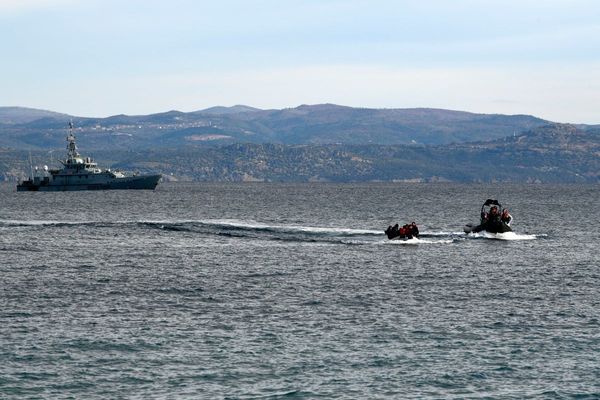
Budget airline giant EasyJet has found a novel way to reduce emissions on its flights: removing some of its iconic white and orange paint from its aircraft.
The airline is experimenting with a new method that requires fewer layers of paint to decorate its planes. This will involve a “grip” layer of paint being applied instead of a second full layer of paint.
The change of method of paint application is expected to cut load weight by what EasyJet described as a “modest” 27 kilograms per flight. That’s only a little bit more than the 23-kilogram hold luggage allowance on EasyJet flights. So far, EasyJet says the lightweight paint method has been used on 38 of its aircraft.
The airline expects to save 1,300 metric tons of jet fuel and more than 4,000 tons of CO2 by the time the new paint is rolled out across its entire fleet by 2029.
“EasyJet is constantly exploring and developing innovative solutions to lower the impact of our operations.
“While this forms a small part of a bigger strategy, formulating a new lightweight paint with our partners at Mankiewicz Aviation Coatings exemplifies how we’re assessing every single part of our operation to find efficiency gains to help us achieve this mission.”
Airline emissions have continued to grow unabated despite a pledge among most airlines to achieve net zero emissions by 2050, as fuel demand rises alongside passenger travel.
The beginning of the year marked the introduction of sustainable aviation fuel (SAF) mandates, requiring 2% of U.K. aviation fuel demand to come from sustainable sources. This will rise to 10% by 2030 and 22% by 2040.
However, operators have cautioned that SAF isn’t a viable alternative to jet fuel. In 2023, Lufthansa CEO Carsten Spohr said his airline would need half of Germany’s electricity to create enough sustainable aviation fuel to power its aircraft.
Faced with a SAF supply issue, EasyJet’s modest emission reduction using paint isn’t the only one airlines have used in efforts cut their CO2 footprints.
In April last year, EasyJet competitor Wizz Air said it had partnered up with Firefly to power 10% of its flights with human waste by 2030.
“It’s crumbly—like compost or wet chocolate cake,” said Firefly CEO James Hygate of using human feces to power flights.
“There’s millions of tonnes of the stuff. And it has no intrinsic value.”







